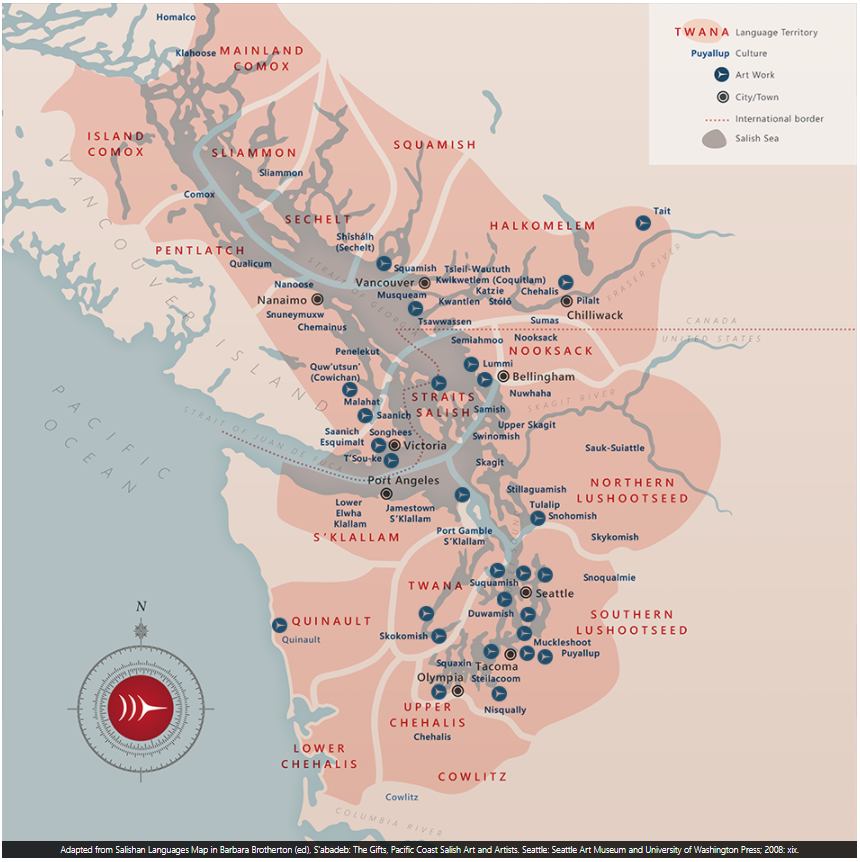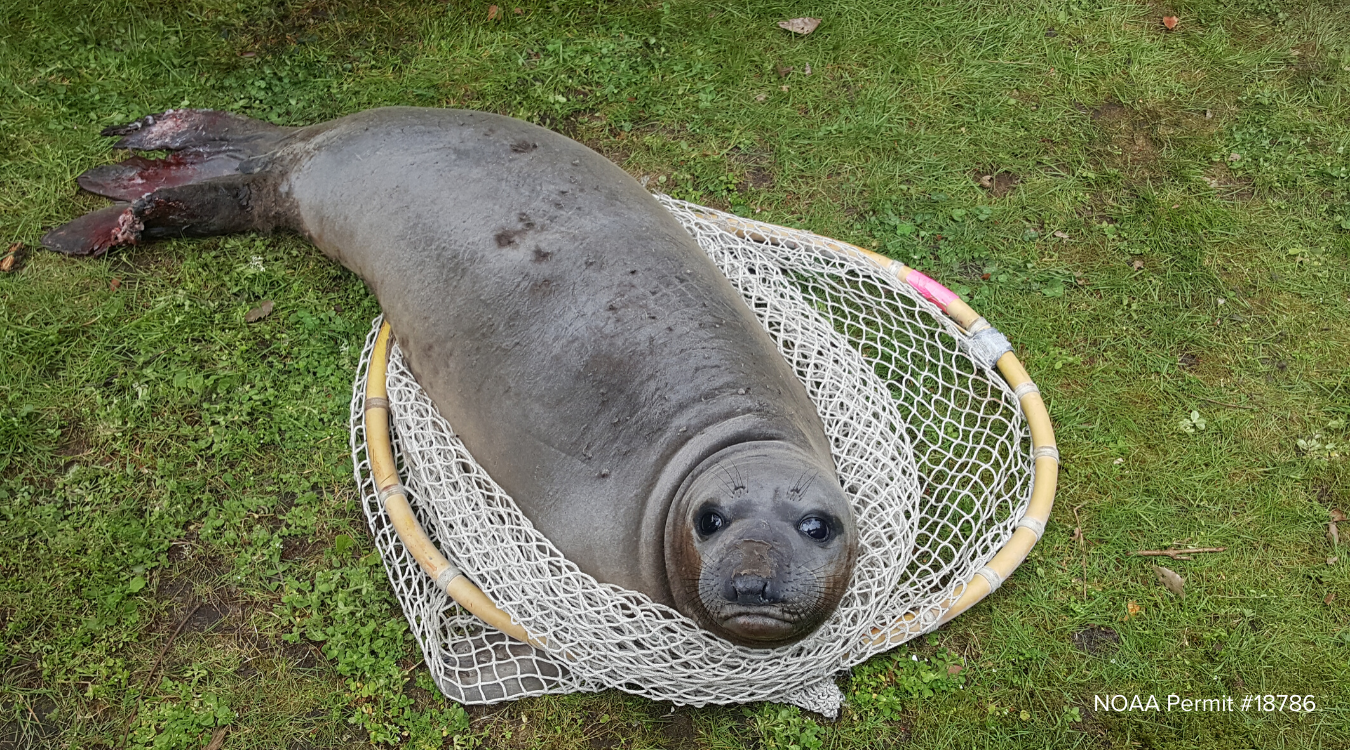Exciting start to new killer whale health research in Alaska!
SR3’s Dr. Holly Fearnbach is off to Alaska to start a new research project in collaboration with Dr. John Durban, Craig Matkin and Dan Olsen from the North Gulf Oceanic Society. The study will focus on using drone-based photogrammetry to estimate the size and body condition of fish-eating Resident killer whales in the Northern Gulf of Alaska. In contrast to the declining abundance and the constrained size and body condition of the endangered Southern Resident killer whales that SR3 studies off Washington State, the Alaska Resident killer whales have been increasing in abundance in recent decades and offer the opportunity to study the health of a robust population. Therefore, this study will serve as a comparative assessment between the two populations to help establish health benchmarks to guide conservation measures to ensure that Southern Resident killer whales have an adequate supply of their preferred prey, Chinook salmon. This is the first year of the project, with an aim of continuing annual sampling in early and late summer for the long-term.
Photo of an Alaska Resident killer whale in Prince William Sound, Alaska. Image taken by John Durban, North Gulf Oceanic Society.




























